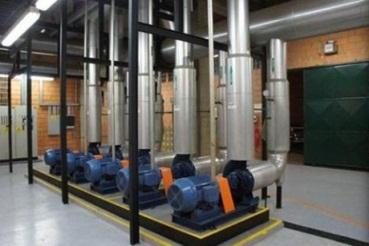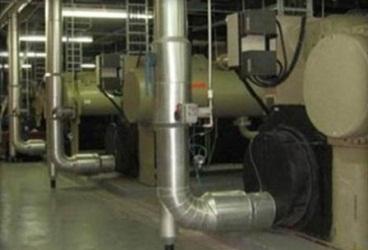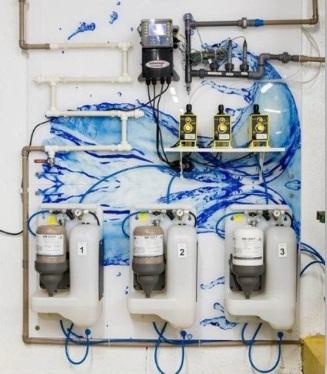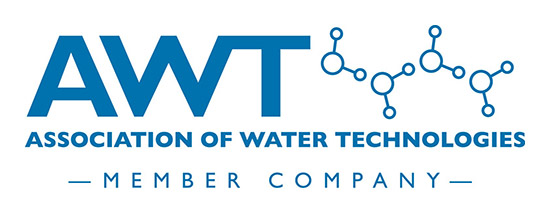
Background
A large commercial center had been relying on liquid water treatment products for many years to manage its cooling system. While the technical results were consistently acceptable, the management team began to place greater emphasis on environmental sustainability. They sought to align their water treatment practices with their broader sustainability goals. This led to a collaboration between the facility management team and their water treatment partner to create a comprehensive program that addressed both traditional water treatment objectives and new sustainability targets.
To address these topics of interest, the facility management team worked with their water treater partner to install APTech Group blended solid concentrate water treatment products for their five cooling tower and chillers, each with 1,000 tons of refrigeration, with slightly soft municipal water for make-up.




Implementation
The facility management team, in partnership with their water treatment provider, decided to transition from traditional liquid treatments to a more sustainable option: blended solid concentrate water treatment products. This new solution was implemented across the commercial center’s five cooling towers and chillers, each with a capacity of 1,000 tons of refrigeration, using slightly softened municipal water for makeup.
As part of the transition, the facility also installed Programmable Logic Controllers (PLCs) to enable automated, real-time monitoring and control of corrosion without relying on traditional corrosion coupons. Additionally, the PLCs provided automated control over the number of operating chillers, optimizing system efficiency.
The system employed a “bleed and feed” method to deliver the blended solid concentrate water treatment products, which allowed the facility to increase the cycles of concentration from 5 to 10. This change significantly reduced water consumption and chemical usage, aligning with the facility’s sustainability objectives.
Results
Over the six months following the installation of the new water treatment system, the facility management team tracked several key performance indicators (KPIs) to assess the effectiveness of the new program. The results demonstrated that the blended solid concentrate products provided equal or superior system protection compared to the previous liquid-based system across multiple metrics, including those related to sustainability.
Key performance areas included:
- Control of Corrosion: Maintained the highest level of protection.
- Control of Deposits and Fouling: Continued to perform at an optimal level, preventing scale and other deposits.
- Microbiological Control: Achieved excellent control over microbiological growth, ensuring system safety.
- Water and Chemical Usage: Significant reductions in water and chemical consumption, contributing to the center’s sustainability goals.
- Heat Exchange Efficiency: Maintained high efficiency, ensuring that the cooling system operated effectively.
- Energy Consumption: The system’s specific energy consumption remained low, further reducing the facility’s environmental footprint.
Conclusion
The transition to a blended solid concentrate water treatment program not only met but exceeded the commercial center’s objectives for both operational efficiency and environmental sustainability. The facility experienced improved performance across all key areas, including corrosion control, deposit prevention, and microbiological management, while also achieving significant reductions in water and chemical usage.
This case study highlights the benefits of adopting innovative water treatment solutions that align with sustainability goals, offering a compelling model for other commercial facilities aiming to enhance both performance and environmental responsibility.

